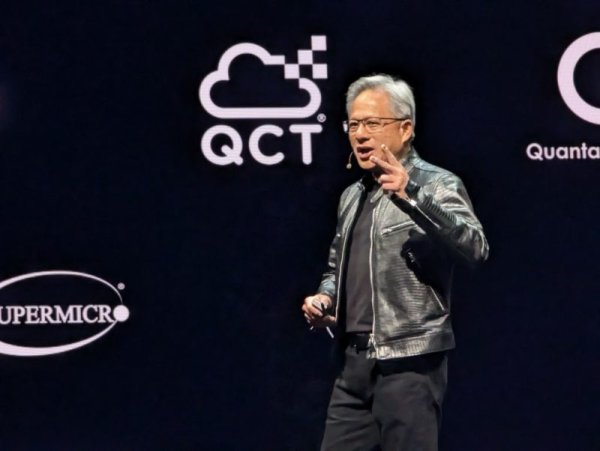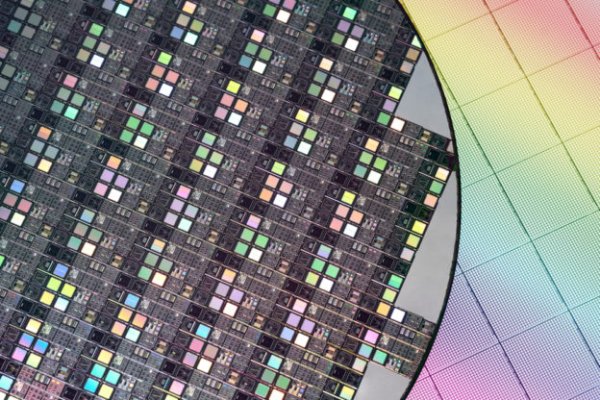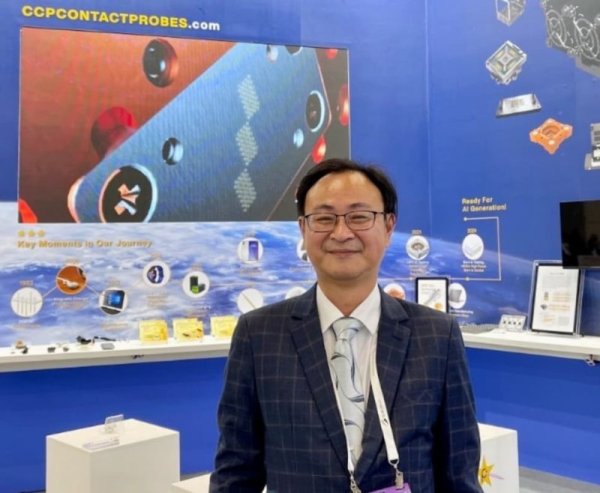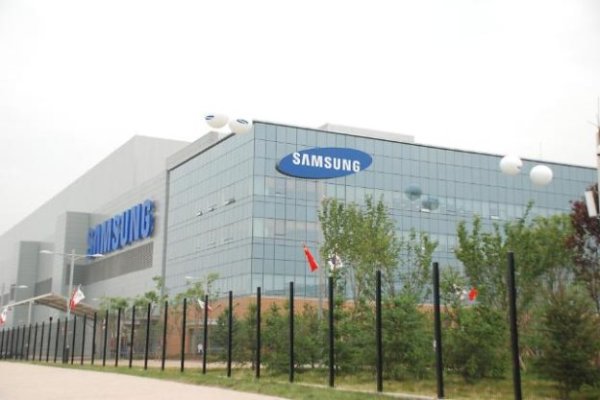NVIDIA debuts its silicon photonic switch Spectrum-X, and the market names Taiwanese supply chain companies with eye-catching stock prices
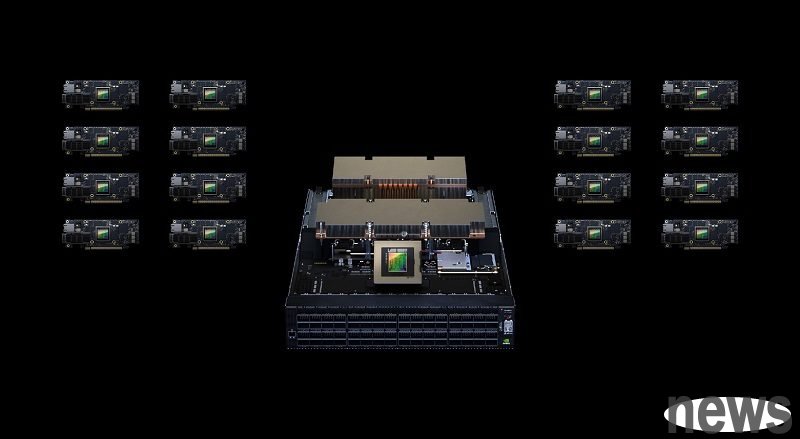
After NVIDIA CEO Jensen Huang recently demonstrated Spectrum-X, the first co-packaged optical (CPO) silicon photonic switch, the new platform is expected to improve the performance of AI data centers, further solve the bandwidth, delay and power consumption bottlenecks faced by traditional networks in ultra-large-scale AI factories, and become a key foundation for future generation data centers. This has created expectations behind related concept stocks and has also caused further performance in recent stock prices.
In the past, most connections between servers and switches relied on copper wires. However, when the transmission speed reaches hundreds of Gb/s, the copper wires will cause serious electrical losses and high energy consumption, and even require additional digital signal processing chips (DSP) to compensate, which limits efficiency and stability. In order to improve this problem, traditional data centers have introduced optical modules, but they still need to go through PCBs and plug-in transceivers, resulting in long signal paths and high energy consumption.
Silicon photonic chips have brought about disruptive changes. Spectrum-X uses a co-packaged optics (CPO) design that integrates optics directly next to the switch ASIC package. This design significantly shortens the signal path, effectively reduces power consumption and delay, and improves reliability.
According to information released by NVIDIA, Spectrum-X Photonics uses 200G/lane SerDes, which can provide up to 409.6 Tb/s bandwidth, and a single machine supports up to 512 800G ports. Compared with traditional architecture, Spectrum-X can enable data centers to achieve more than three times the energy efficiency improvement and ten times the system resilience. In terms of power consumption, the local power consumption is significantly reduced from about 30W to 9W. The overall design is more power-efficient and reliable, which is an extremely critical solution for AI factories that require high-density GPU clusters.
In addition to Spectrum-X, NVIDIA also simultaneously launched Quantum-X Photonics, a new generation switching platform for InfiniBand networks with built-in SHARP v4 in-network computing capabilities. Although its switching capacity (115 Tb/s) is slightly lower than Spectrum-X, it is particularly suitable for high-speed training work on supercomputers and single large models.
NVIDIA’s CPO strategy has successfully obtained benchmark orders, and cloud giants Meta and Oracle have adopted Spectrum-X. In particular, compared to computing power, the demand for optical communications is even more unmet. NVIDIA is leveraging its existing advantages in AI servers to formulate optical communication specifications to enhance customer stickiness. This move is also seen as a direct threat to the status of Broadcom, the traditional Netcom chip manufacturer.
As soon as the news came out, it instantly ignited the global optical communications supply chain. Taiwan-related concept stocks have fully recovered. Boruowei, the CPO partner directly named by NVIDIA, not only shared Meta orders with CSOT, but its stock price took the lead in performance. In addition, Lianya and Halo, which master silicon photonic epitaxy technology, have attracted the attention of investors because of their key position in the CPO industry chain. Lianjun, which has already entered Oracle's optical communications supply chain, has also made the market look forward to it.



